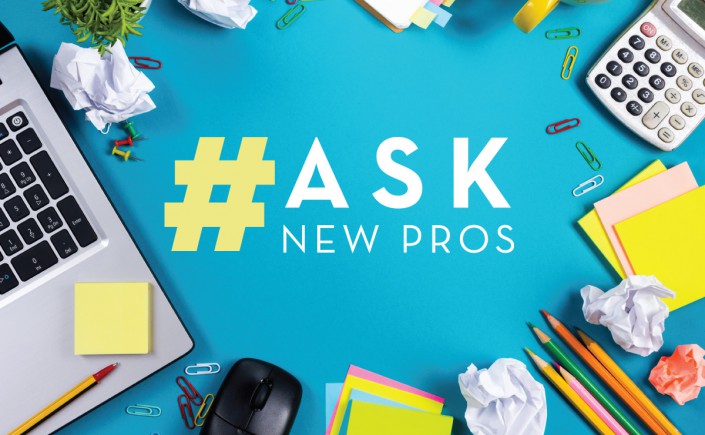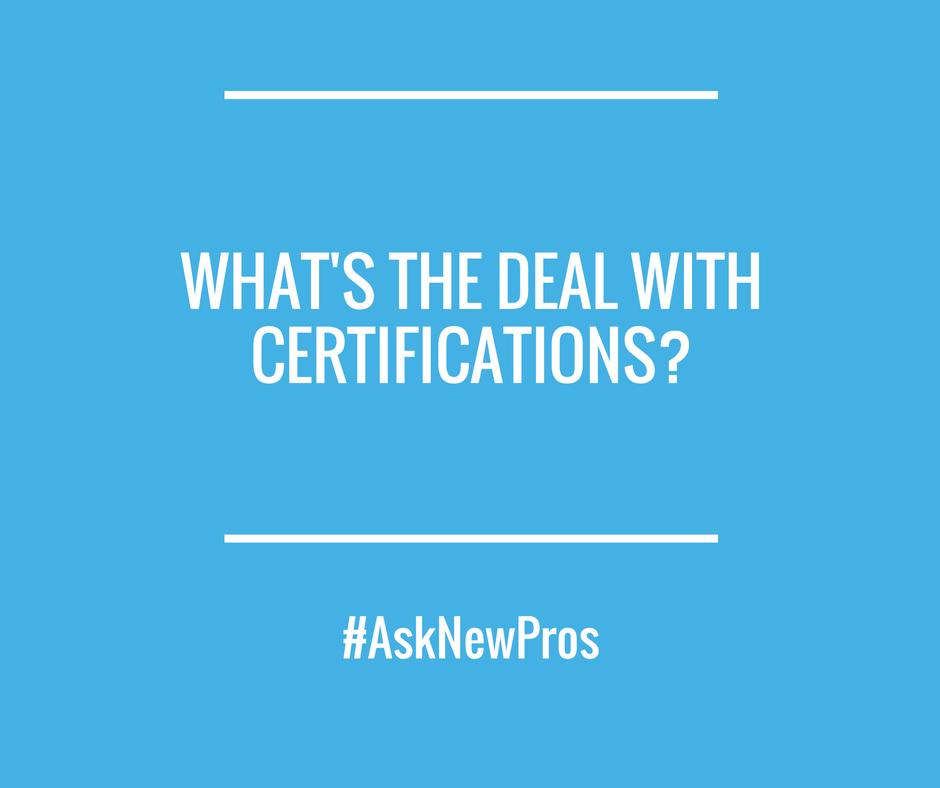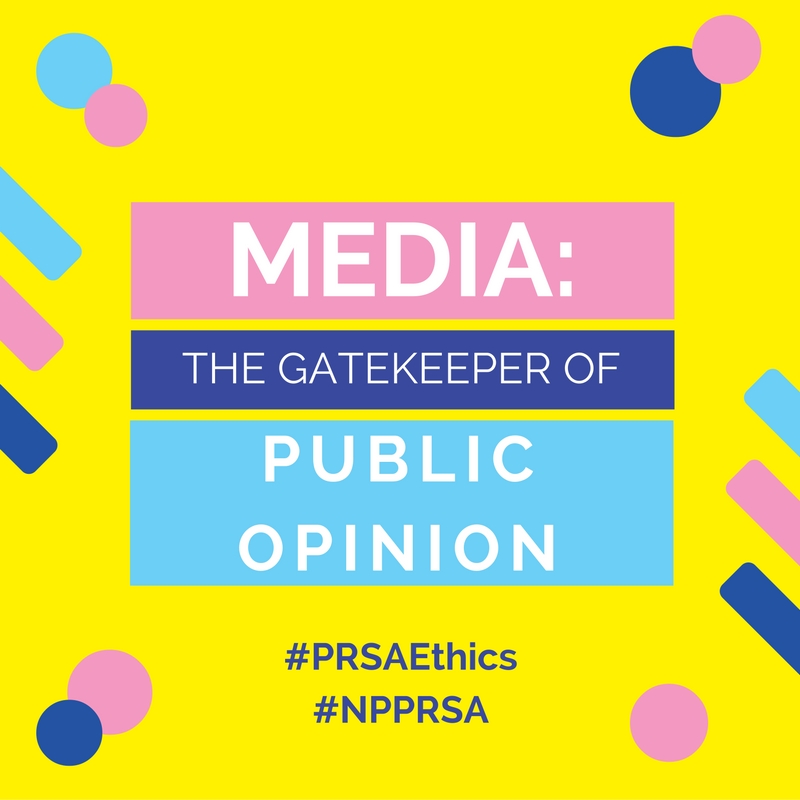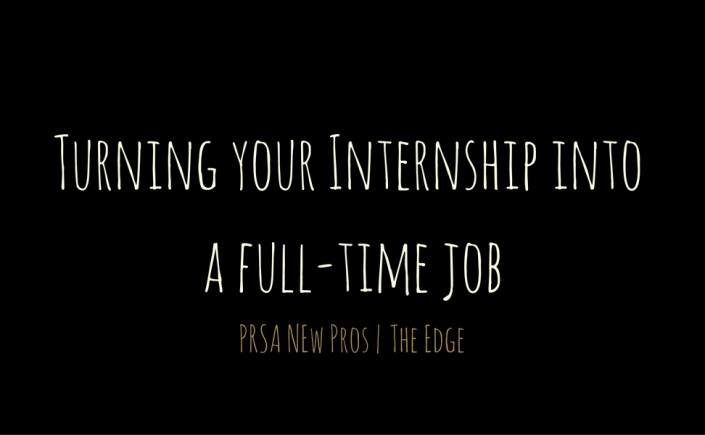Editor’s Note: This blog originally appeared on the PRSSA Progressions blog. Whether you’re a college student or a New Pro, it’s important to build strong chapter relationships between PRSA and PRSSA.
The dynamic nature of the public relations profession, coupled with the current market saturation of recent and soon-to-be graduates, requires that students go above and beyond to create meaningful connections and make themselves stand out. One of the most valuable benefits of PRSSA membership is the opportunity to befriend and learn from local PRSA professionals.
The relationship between PRSSA and PRSA Chapters is an important one. PRSA sponsor Chapters provide mentorship, programming and fundraising assistance, training and industry insights, and students preparing for their careers need talented and engaged professionals to emulate. However, the day-to-day rigors of life, school and work can make managing these relationships especially challenging. As a PRSSA Chapter member or leader, here are some things you can do to kick-start your Chapter’s relationship with PRSA:
Help them help you. PRSA members are working professionals and contribute to PRSSA during their limited free time. They’re happy and eager to help, but it’s up to you to reach out and establish the foundation of a relationship. Don’t be afraid of the follow-up and always come prepared to talk about what help your Chapter could benefit from. Many times, PRSA professionals won’t know how to help you create a better member experience until you tell them.
Establish a constant. Because of the high turnover rate in PRSSA leadership, it’s difficult for Chapters to maintain meaningful relationships with PRSA annually. If you really want to leave a mark on your Chapter, create or utilize assets that can stand the test of time. Here are a few examples:
- Create a tradition that requires your PRSSA Chapter and PRSA sponsor Chapter to interact at least once each year. You can create an event that brings professionals and students together, and allows the professionals to share and mentor. You can draw attention to your Chapter and create networking opportunities by inviting professionals to an entertaining event on-campus: Think (fun)draising, food and professional development.
- Build a constant into your bylaws. If you take your Chapter’s relationship with its PRSA sponsor Chapter seriously, you will make it part of one of your officers’ duties or create a committee. Someone who is not the Chapter president needs to be responsible for making sure members have access to PRSA members — it’s that essential.
- Use your Faculty or Professional Adviser to facilitate introductions. These people are tasked with counseling Chapter leadership and guiding members. Your Faculty and Professional Advisers are required to be PRSA members, so they should have ready access to your sponsor Chapter.
Be resourceful. PRSSA National has a wealth of resources available to you, as both a member and a leader. If you’re a Chapter leader and struggling to contact PRSA, you can reach out to: the vice president of professional development, the National Faculty Adviser or any other person on the PRSSA National Committee. Furthermore, consider reading the PRSSA/PRSA Relationship Manual or contacting someone in your area through theChampions for PRSSA directory — an exclusive PRSSA member benefit.
PRSSA members are the future leaders of the communications industry, and will one day be the CCOs and CMOs of the world’s most influential companies. It’s imperative professionals do a better job engaging, and students do a better job asking for that engagement.
 Gary Bridgens is a project assistant in APCO Worldwide’s New York office and the former PRSSA National vice president of Chapter development. You can contact him via email at garybridgens@gmail.com and add him on LinkedIn.
Gary Bridgens is a project assistant in APCO Worldwide’s New York office and the former PRSSA National vice president of Chapter development. You can contact him via email at garybridgens@gmail.com and add him on LinkedIn.




 When covering ethics in public relations, there is a lot of mention of keeping the line of communication between the public and company, client and/or brand transparent, as well as legal. It’s a no brainer that public opinion is important but we must remember the gatekeeper, the middle man, better known as the media. Building trust between practitioner and the media is just as important because essentially, they are telling the public your story. One of PRSA’s core codes of conduct is the free flow of accurate and truthful information. That means building honest relationships with journalists, even if they become a close friend along the way. As ethical PR practitioners, we must play fair and keep an even working relationship between all members of the media. Yes, we should tailor each message depending on the interest of the publication and beat, but that doesn’t mean sending over confidential, inside information to a journalist just because you two are friends.
When covering ethics in public relations, there is a lot of mention of keeping the line of communication between the public and company, client and/or brand transparent, as well as legal. It’s a no brainer that public opinion is important but we must remember the gatekeeper, the middle man, better known as the media. Building trust between practitioner and the media is just as important because essentially, they are telling the public your story. One of PRSA’s core codes of conduct is the free flow of accurate and truthful information. That means building honest relationships with journalists, even if they become a close friend along the way. As ethical PR practitioners, we must play fair and keep an even working relationship between all members of the media. Yes, we should tailor each message depending on the interest of the publication and beat, but that doesn’t mean sending over confidential, inside information to a journalist just because you two are friends.



